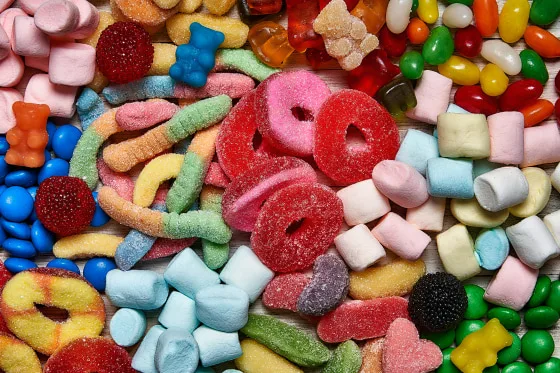In a groundbreaking decision, the U.S. Food and Drug Administration (FDA) is set to formally ban Red Dye No. 3, a popular artificial food coloring used extensively in candies, sodas, and baked goods. The proposed ruling, which could come within weeks, marks a significant shift in food safety regulation in the United States. The initiative to outlaw this controversial synthetic dye follows mounting evidence linking it to adverse health effects, including hyperactivity in children and potential carcinogenic risks. FDA commissioner Dr. Robert Califf stated, “The evidence is clear; the time has come to protect our children and the public from harmful food additives.” The announcement has sparked a wave of reactions across the food industry. Critics argue that this could revolutionize American diets, changing the way manufacturers produce many beloved products. Health advocates have praised the FDA’s decision, highlighting the impact it could have on public health, while some business leaders express concern over the possible economic implications. Red Dye No. 3, known chemically as erythrosine, has been banned in cosmetics since 1990 and was previously prohibited in the EU due to health concerns. With this imminent ban, the FDA aims not just to improve food safety standards, but also to enhance consumer awareness about food additives and their potential effects.
FDA Moves to Ban Red Food Dye, Signaling Major Shift in American Diets














